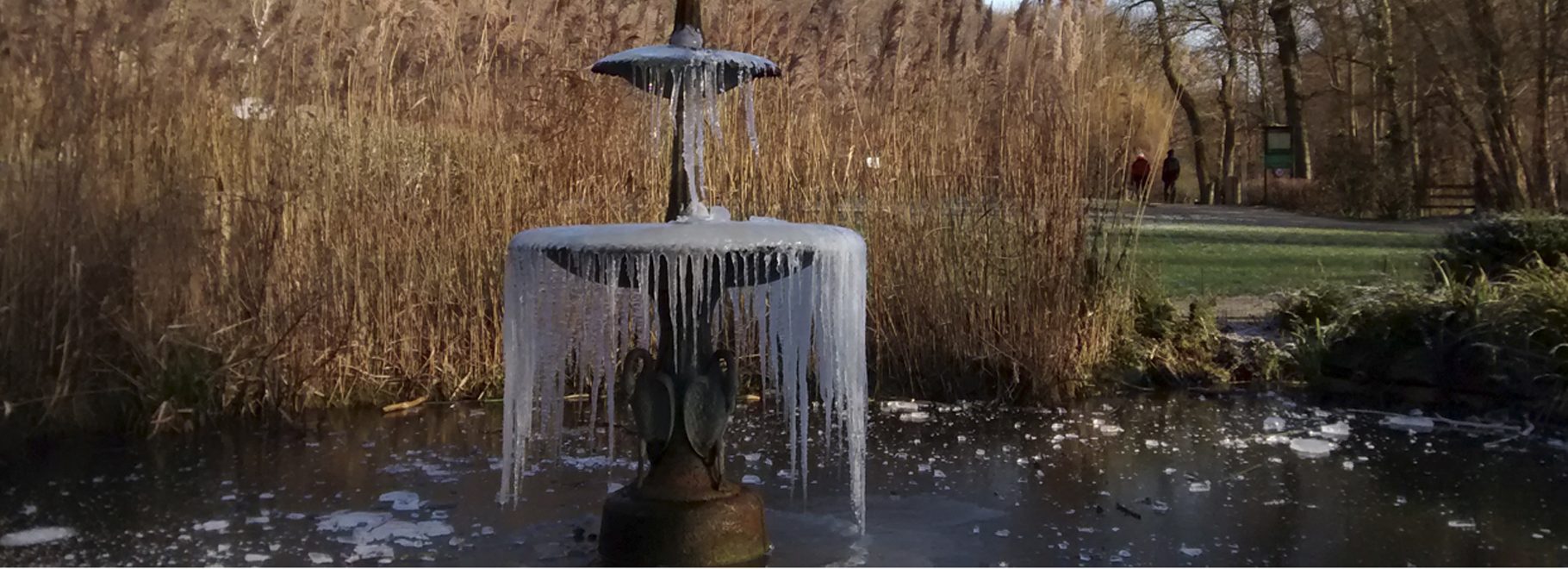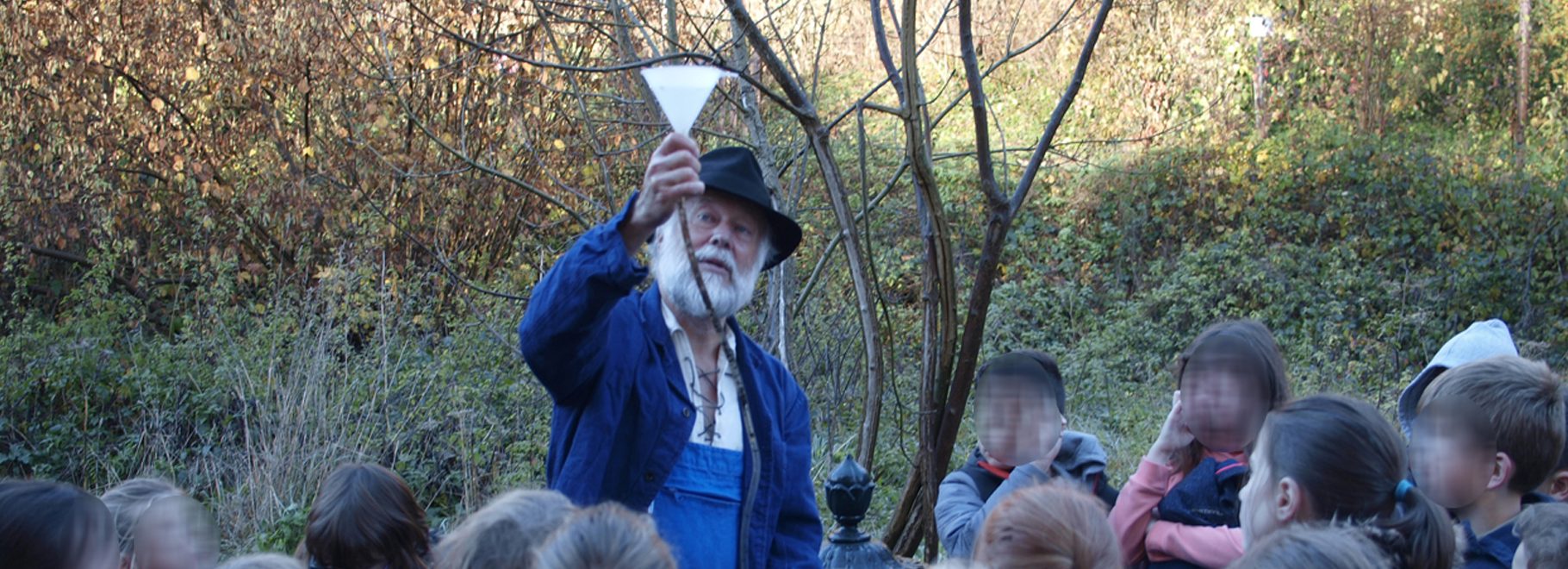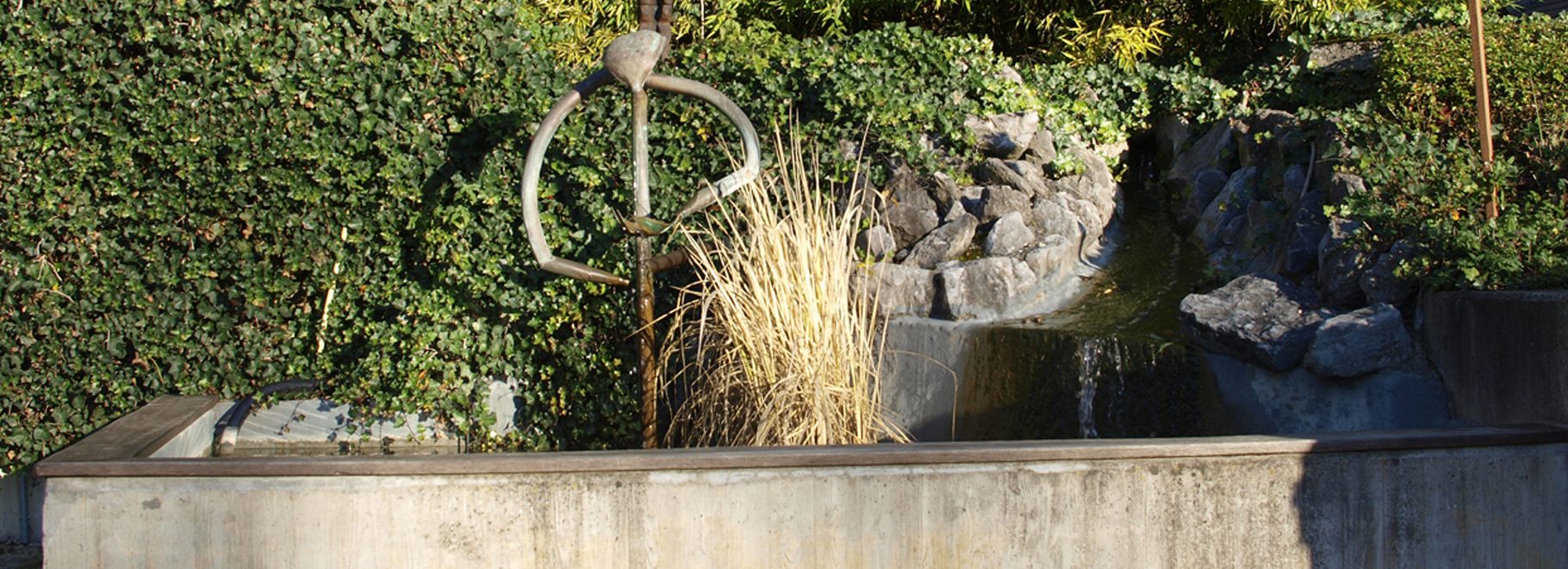Thanks to the passion for fountains of the founder Jean-Pierre Courtois, the Museum of Water and Fountains opened in Genval in 1989. Ever since, the Museum has developed around its collection related to the heritage of water distribution.
The specificity of the museum therefore lies in its main theme: water. It exploits this subject in various and varied ways: the domestication of water by humans, direct and indirect consumption of water, water in Africa, water in Belgium, tap water, weather, the pond and its biodiversity, music and water, water in art, water on the planet, the unequal distribution of water around the world, the problem of wastewater, etc.
Since September 2017, the MWF has left its former premises and is now located in the Provincial domain of Bois des Rêves, where its educational service still offers its visitors, throughout the year, different forms of guided tours, formal and informal animations, birthdays, occasional events, etc. It hosts an average of 6,500 children per year and educational events are still as successful.
Its missions are:
- The discovery of the history of the domestication of water by humans and that of fountains.
- Awareness, from an early age, of the preservation of drinking water, a source of life, with the desire to involve children in the management of their local environment.
- Continuing education: raise awareness of the importance of drinking water in our society, create a critical vision in relation to our pollution and our current water consumption as well as inform the public about the difficulties of access to safe drinking water in some parts of the globe.
Here the link to the webpage of the museum: http://www.lemuseedeleauetdelafontaine.be/










